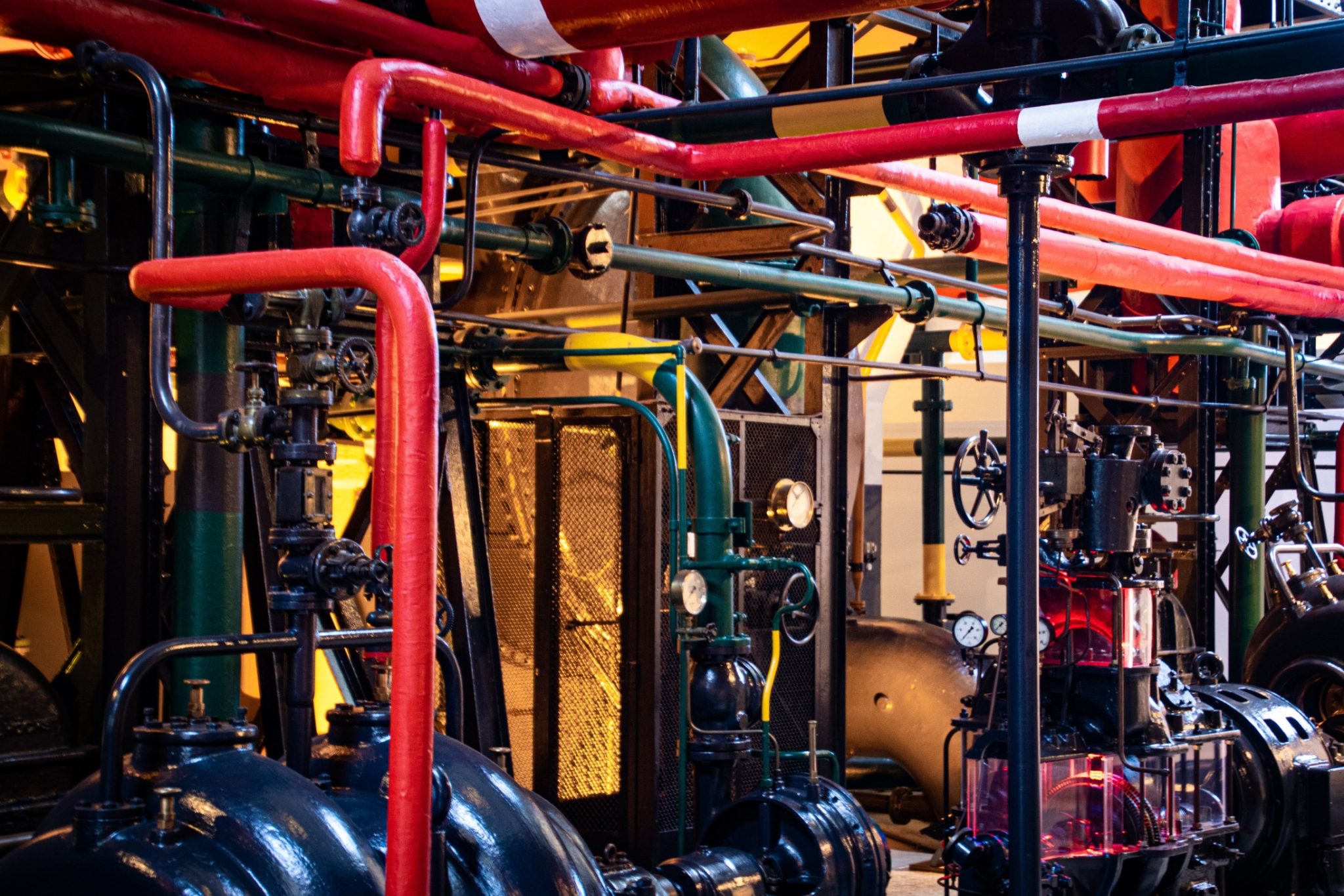A smart factory focuses on using automation, machines, and data throughout the production process to meet increased demands and inventory requirements.
Smart factories are typically flexible in their abilities, production quantity, and usage to save time, money, and manpower. True smart factories are self-operated and require little human interference, except when a machine breaks. Then you need humans. But…for how long? When is the critical point we can no longer look back to the thought that humans are necessary?
This is not limited to a single instance, as smart factories are often connected to a network, enabling near-instant communication between factories.
As machine learning becomes a dominant factor in all factories and machine-based industries, information and reports will continue to grow instantaneous and transparent as pure data is communicated effortlessly through global computer systems.
As factories are also hazardous to a human’s soft, squishy flesh, the equipment smart factories use can also use digital interfaces. Allowing controllers to interact and observe factory floors and production lines digitally, controlled away from the floor itself.
The advantages of smart factories are evident through their description: saved cost in manpower, reduced risk of accident and injury, improved production and automation leading to higher sales and improved revenue, global communication for real-time reporting, decision making, and problem-solving. Learning machines capable of managing themselves, reducing the need for human interaction, reduction in waste, and the ability to compete in a highly competitive world.
There are difficulties with smart factories. As vast quantities of data require complex and efficient ERP systems, users can interpret the incoming reports and fix broken sensors and procedures quickly and without delay when the inevitably need repair, as all things we create must.
